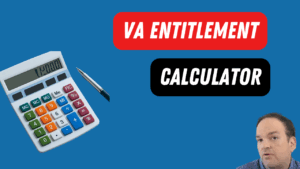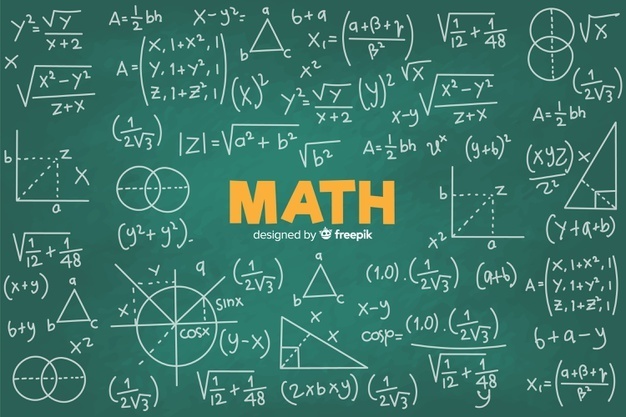
How To Use A VA Bonus Entitlement Calculator
How To Use A Va Bonus Entitlement Calculator How To Use A VA Bonus Entitlement Calculator Table of Contents Key Takeaways Why Bonus Entitlement Matters
Carlos Scarpero- Mortgage Broker
One of the most confusing aspects of homebuying in Ohio is the calculation for property tax prorations.
In fact, many Realtors, Loan Officers and Mortgage Underwriters screw up the calculation and in the end the title company has to fix it at closing.
While it’s not a dealbreaker for the title company to fix the calculation, an inaccurate calculation of tax prorations can cause the initial disclosures to be wrong.
If the loan is initially disclosed too low, you may end up at closing with a surprise balance that you weren’t expecting.
If it gets disclosed too high, underwriters will end up asking for assets that may not be needed. Even worse, you may end up asking for seller concessions that are not needed and pay too much for the home.

In Ohio, property taxes are paid in arrears. The property tax bill that you are paying in 2020 is actually for 2019 tax assessments.
But, if you just bought the house, you didn’t live there in 2019. The seller did.
So, how do you account for that?
This is where property tax prorations come into play.
At the closing, the seller is paying the buyer for their upcoming property tax bill so that the buyer can pay the tax assessments on their behalf at tax time.
Since the money is already changing hands for the home purchase, this actually comes as a credit. The buyer gets a credit off of their closing costs, bringing down the cash to close and the seller has the credit deducted from their proceeds at closing.
For some odd reason, Ohio has two different property tax proration formulas and the formula used for a particular deal is determined by how the real estate contract is written.
These formulas are called Long Proration and Short Proration.
For most Ohio counties, it’s customary to use Long Proration.
Montgomery County and a few counties in Northern Ohio traditionally use Short Proration.
Keep in mind that just because it’s customary, doesn’t mean you HAVE to do it per the county rule. You can negotiate the proration method that you want to use.

Proration credits are calculated in cycles. There are two cycles per year: January 1 to June 30 and July 1 to December 31.
Short Proration is calculated by multiplying the daily tax rate from the beginning of the current cycle to the present date.
So, a closing on August 15th would be prorated from July 1 to August 15.
As an example, if your taxes were $3650 a year, or $10 a day, the proration in the example above would be 45 days x $10 a day or $450.
The seller would get $450 deducted from their proceeds and the buyer has $450 taken off of the closing costs.
On Long Proration, it’s calculated by going from the beginning of the previous cycle to the current date.
So, using the same close date as above, the proration would be from January 1 to August 15.
Under Long Proration, using the same example, it would be 225 days of proration so \$2250 is taken off of the closing costs for the buyer and the seller gets \$2250 less at closing.
As you can see it makes a huge difference!
If you want to maximize your proration credit, the best way to do it is to buy in an area that uses Long Proration and close late in the cycle.
As always, if you have any questions, please do not hesitate to reach out to me by clicking here or call me at 937-572-3713.

How To Use A Va Bonus Entitlement Calculator How To Use A VA Bonus Entitlement Calculator Table of Contents Key Takeaways Why Bonus Entitlement Matters

Add Your Heading Text Here Can You Have Two VA Loans At The Same Time? Table of Contents Key Takeaways Introduction Can You Have Multiple

Credit Utilization: The #1 Mistake That Hurts Your Score Guest post by Sam Parker at MyCreditGuy Table of Contents Key Takeaways Understanding Credit Utilization: Why